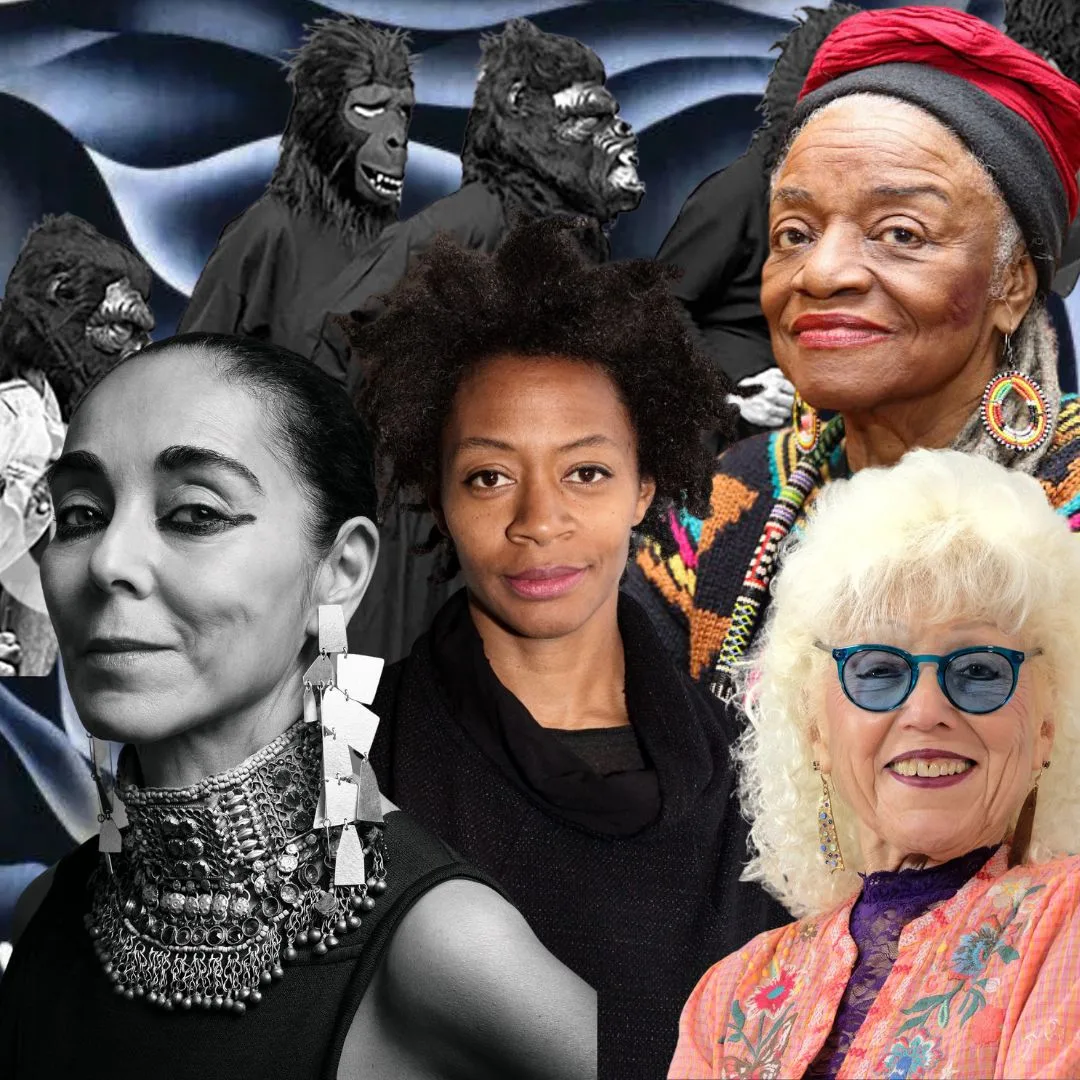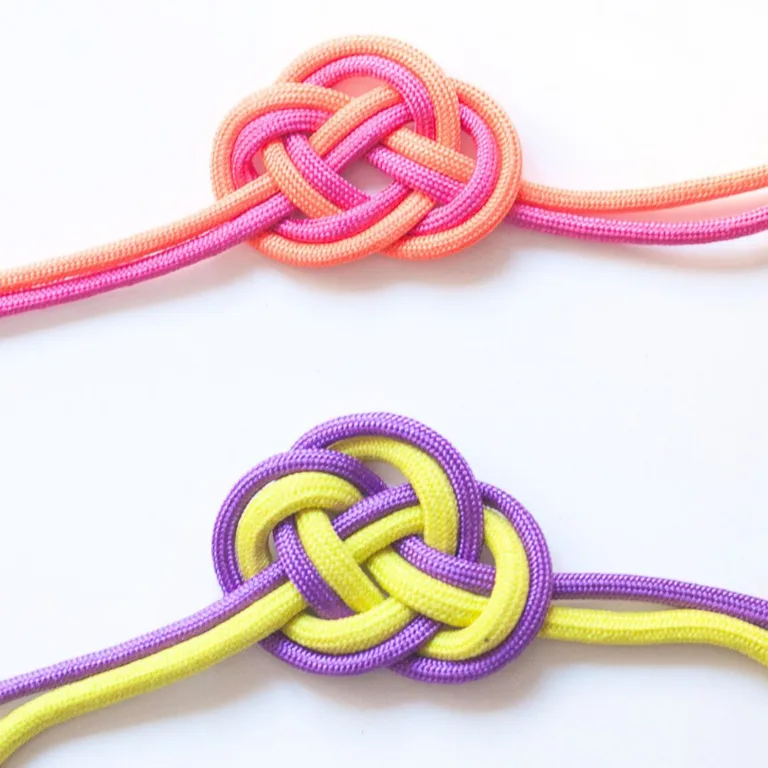Art for Social Change: Inspiring Stories of Female Artists Who Transformed the World
Art has long been a powerful medium for expression, rebellion, and transformation. For many female artists, creativity has been a vehicle to confront deep-seated injustices, challenge societal norms, and demand equality.
From feminist movements to racial justice, these trailblazing women not only reshaped the art world but also pushed cultural discourse in radical directions.
Their contributions extend beyond the canvas—infusing their voices into the heart of social movements and inspiring new generations to do the same.
One of the key inspirations for this exploration is Whitney Chadwick’s Women, Art, and Society. What really stands out about Chadwick’s book is how she positions women’s art as an essential part of our shared history—not a mere exception.
Female artists are not anomalies; they belong to a rich and enduring tradition, with their own history and cultural significance.
Chadwick carefully unearths this history, creating an ‘archaeology’ of women’s art that highlights the connections between artists and reveals how each woman built upon the legacy of those who came before her. This perspective has had a huge impact on my understanding of women’s contributions to art and their fight for recognition.
It’s been a major influence on my research and writing about female artists, providing an eye-opening look at how women have navigated the art world over the centuries. With that in mind, let’s dive into the stories of some incredible female artists who refused to accept the status quo and made a lasting impact with their art.
Read also: Creating Art for Social Change: How Art Can Inspire Activism
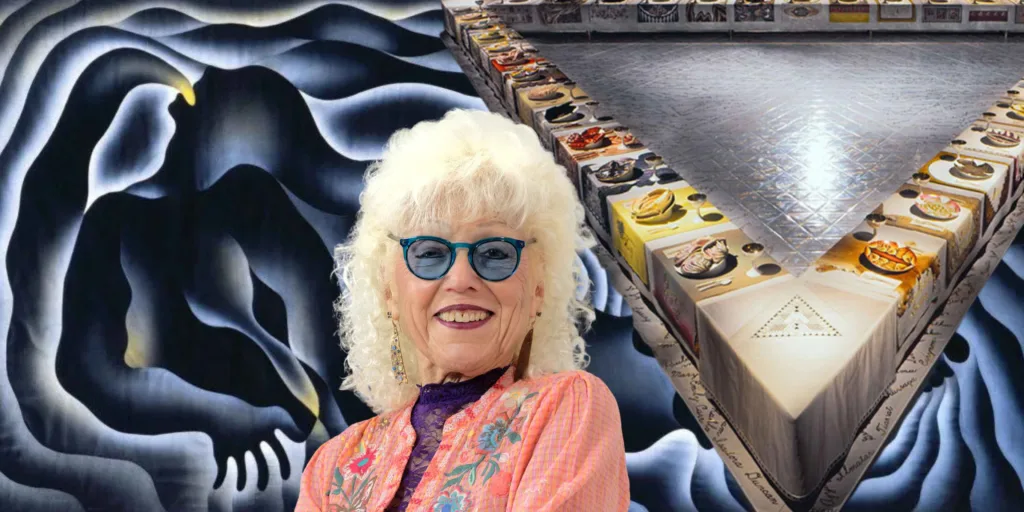
Judy Chicago: A Pioneer of Feminist Art
Judy Chicago is synonymous with feminist art. Her groundbreaking installation The Dinner Party (1974-1979) is a provocative statement that celebrates the achievements of women throughout history while challenging the male-centric narrative of art and culture.
Each place setting at the triangular table represents a significant woman, from mythological figures to historical icons like Virginia Woolf. Chicago herself stated, “I set out to change the world and to articulate the specific experiences of women.”
Through her vivid and celebratory work, Chicago confronted the erasure of women from mainstream history, demanding recognition for their contributions. The Dinner Party remains a milestone in feminist art, reclaiming women’s rightful place in culture and sparking critical conversations about gender equality. Beyond her installations, Chicago has influenced feminist discourse as an educator, empowering countless female artists to explore their identity unapologetically.

Kara Walker: Addressing Race and Historical Trauma
Kara Walker’s art is an unflinching examination of America’s racial history. Her large-scale silhouettes reinterpret the antebellum South, shining a harsh light on racial stereotypes and exposing the uncomfortable truths of a painful past. Walker has said, “I think of my work as a kind of historical novel, or a fable, a kind of telling of the oftentimes untold story.”
With works like A Subtlety (2014), a monumental sugar-coated sculpture in a former sugar refinery, Walker evokes the history of forced labor and systemic oppression, forcing viewers to confront the legacy of slavery.
Read also
- Mastering Lesson Plan Design: Strategies for Creating Engaging Art Classes
- Emotional Intelligence and Adaptability in Art Education: How STEAM Shapes Resilient, Well-Rounded Students
- The Shift from STEM to STEAM: Why Soft Skills Are Crucial for Your Child’s Education
Her imagery is often deliberately unsettling, compelling audiences to grapple with issues of race and power. Walker does not provide easy resolutions; instead, she leaves us with the discomfort of history, prompting essential discussions that continue to resonate today.
Her work underscores the role of art as a catalyst for addressing social ills and maintaining collective memory.

Shirin Neshat: A Voice for Women in the Middle East
Iranian artist Shirin Neshat uses her art to amplify the voices of women navigating cultural and political repression. In her series Women of Allah (1993-1997), Neshat juxtaposes powerful imagery of veiled women with calligraphic poetry, capturing the paradoxes of gender, faith, and identity in post-revolutionary Iran.
Read also:
Neshat once remarked, “My work is about asking questions, not about providing answers.” Her evocative work reveals the resilience of women living within complex social structures, challenging Western stereotypes about Middle Eastern women. Neshat’s films, including Women Without Men (2009), extend her exploration into cinematic storytelling, blending poetic visuals with potent political messages.
By illuminating the struggles and strength of Middle Eastern women, Neshat not only raises awareness but celebrates the courage required to persevere amidst adversity.
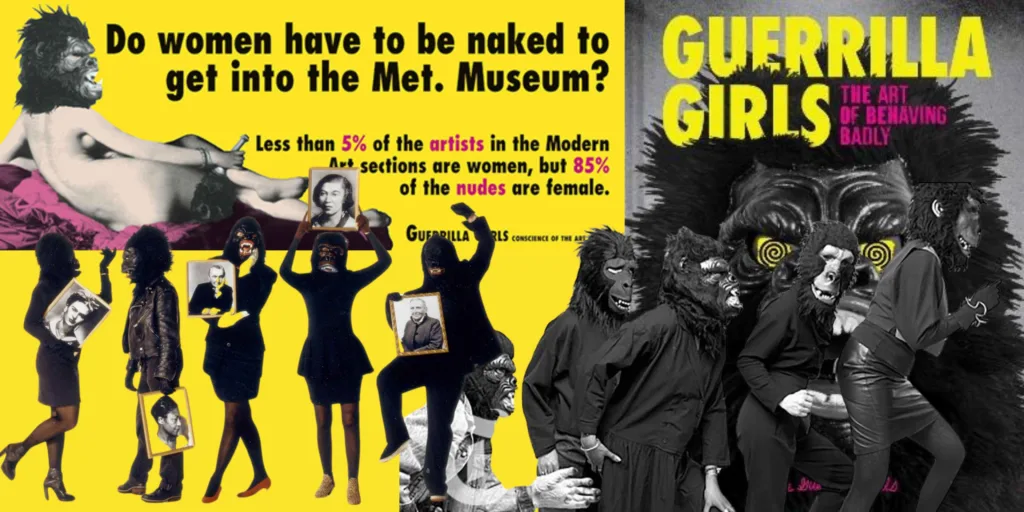
Guerrilla Girls: Fighting Inequality in the Art World
The Guerrilla Girls have been shaking up the art world since 1985. This anonymous collective of female artists takes aim at the entrenched sexism and racism within cultural institutions. Using bold posters, street campaigns, and public interventions, they combine humor and hard data to spotlight the underrepresentation of women and minorities in galleries and museums.
As they famously stated, “We were angry about the discrimination in the art world, but we wanted to make people laugh too.” Works like Do Women Have to Be Naked to Get Into the Met. Museum? (1989) highlight the glaring disparities and demand systemic change. By choosing anonymity, the Guerrilla Girls shift the focus away from individual fame, emphasizing the power of collective activism.
Their efforts have reverberated throughout the art world, prompting institutions to confront their own biases and making the case for greater inclusivity. Beyond the art scene, they have partnered with universities and museums globally to educate and advocate, ensuring their message reaches far beyond the gallery walls.
- We Can Do It ! 5 of the Best Empowering Books for Little Girls
- Creating Art for Social Change: How Art Can Inspire Activism
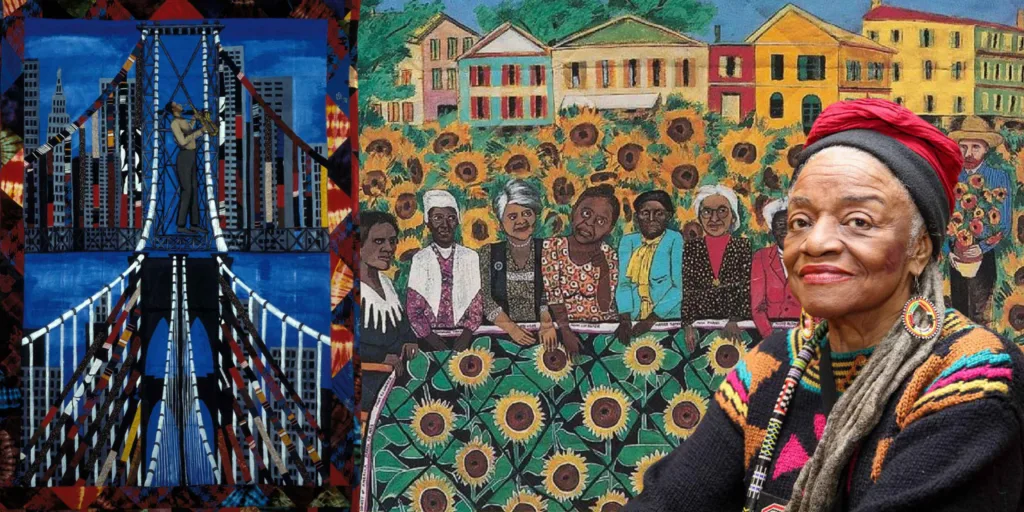
Faith Ringgold: Art as a Platform for Civil Rights
Faith Ringgold’s work is a vivid testament to the struggles and triumphs of the African American experience. Her American People series (1963-1967) captures the racial tensions of the civil rights era, providing stark commentary on systemic racism. Ringgold’s story quilts—like Tar Beach (1988)—blend visual art with personal narrative, telling the stories of Black women and their resilience in the face of injustice.
Ringgold has said, “I became an artist because I wanted to tell my story.” These quilts, a blend of traditional craft and storytelling, challenge the conventional boundaries of fine art, turning domestic arts into a powerful medium for social critique.
Ringgold’s influence on contemporary artists exploring themes of identity and justice is profound, reminding us of the power of personal narrative in social advocacy.
Special Mention: Virginia Woolf. A Room of One’s Own and the Fight for Women’s Independence
English writer Virginia Woolf made a lasting contribution to the fight for women’s independence. In her essay A Room of One’s Own (1929), Woolf tackled the systemic barriers faced by women pursuing creative work, famously asserting that “a woman must have money and a room of her own if she is to write fiction.”
Woolf’s reflections on autonomy were groundbreaking, inspiring generations of women to assert their right to creative and intellectual freedom.
Her role in the Bloomsbury Group—a collective of artists and thinkers who challenged societal norms—positioned her as a prominent voice in the fight for gender equality. Woolf once noted, “Women have served all these centuries as looking glasses possessing the magic and delicious power of reflecting the figure of man at twice its natural size.”
Her work continues to inspire, urging us to make space for women’s voices in every facet of life, from literature to leadership.
These female artists and thinkers have reshaped not just the art world but also the cultural landscapes in which we live.
Their work speaks to the transformative power of creativity—art is not just a reflection of society but a force that can challenge, disrupt, and reshape it. By examining their contributions, we recognize that art is inherently political, capable of influencing attitudes, inspiring activism, and bringing about a more just world.
Their courage in confronting entrenched power structures reminds us that creativity, wielded with intention, can be an unparalleled force for social transformation.

